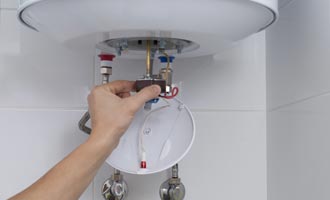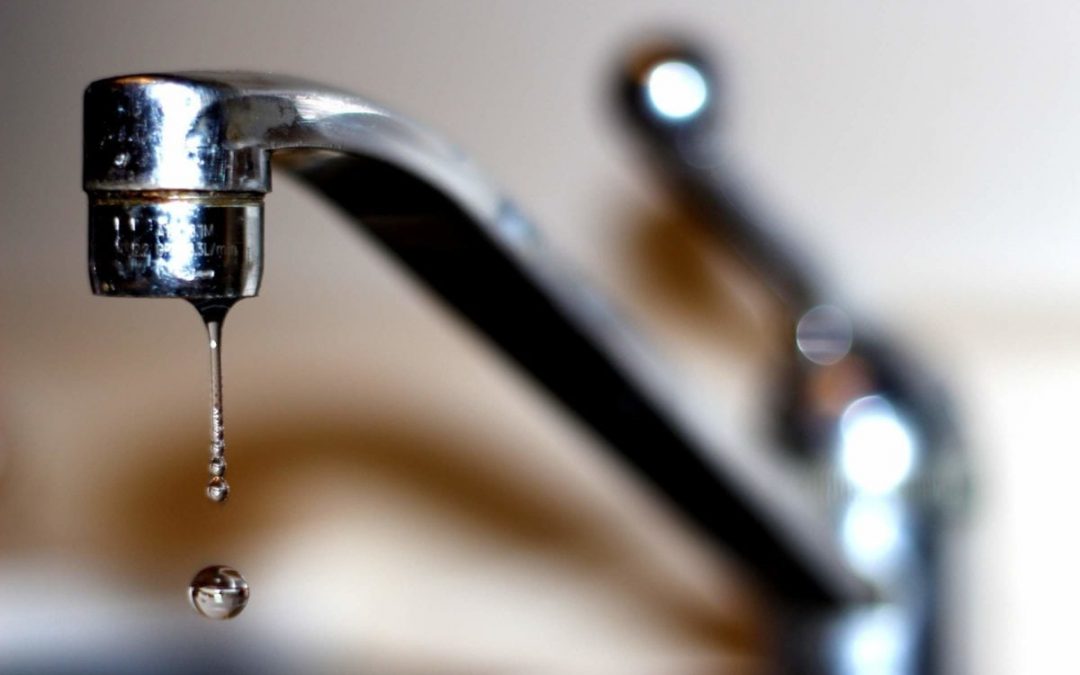We have stumbled upon this article relating to Low Water Pressure in the House? down the page on the internet and felt it made perfect sense to write about it with you on this page.

Low tide stress in your home can be an irritating problem, influencing every little thing from bathing to washing recipes. If you're experiencing weak water circulation, there are several feasible causes and remedies to check out. In this overview, we'll go over common factors for low tide pressure and useful actions to address the issue successfully.
Introduction to Low Tide Pressure
Low water stress takes place when the circulation of water from your taps, showers, and various other fixtures is weaker than typical. This can make everyday jobs much more difficult and much less effective. Recognizing the causes of low tide pressure is crucial to locating the best service.
Common Root Causes Of Low Water Stress
Faulty Pressure Regulatory Authorities
Pressure regulatory authorities are responsible for preserving constant water pressure in your house. If they malfunction, it can lead to low tide pressure or irregular flow throughout your house.
Metropolitan Supply Of Water Issues
Often, the problem lies outside your home. Metropolitan water system concerns, such as main line leakages or upkeep work, can momentarily minimize water stress in your location.
Pipeline Obstructions
Gradually, pipelines can come to be clogged with mineral deposits, sediment, or particles, limiting the flow of water. This is a typical problem in older homes with galvanized steel pipes.
Rust
Corrosion within pipes can result in leakages and reduced water stress. Rust accumulation can tighten water flow, specifically in aging plumbing systems.
Just How to Identify Low Tide Pressure
Examining Pipelines
Examine noticeable pipes for indications of leakages, corrosion, or clogs. Take notice of any type of uncommon audios, such as knocking or rattling pipelines, which could suggest concerns within the plumbing system.
Consulting with a Plumber
If you're unable to identify the source of low water stress, consider hiring an expert plumber to carry out a thorough assessment. They can recognize underlying issues and suggest suitable options.
Inspecting Taps and Fixtures
Start by testing the water pressure at various faucets and components throughout your home. If the concern is isolated to particular areas, it may suggest local problems.
DIY Solutions to Fix Low Water Pressure
Flushing Hot Water Heater
Sediment accumulation in the hot water heater can limit flow and reduce effectiveness. Flushing the storage tank regularly assists remove debris and maintain ideal efficiency.
Inspecting Pressure Regulatory Authority
Ensure that the stress regulatory authority is functioning properly. Changing or replacing the regulatory authority can aid bring back appropriate water pressure throughout your home.
Cleansing Aerators and Showerheads
Natural resources can gather in aerators and showerheads, lowering water flow. Remove and cleanse these elements regularly to enhance water stress.
Cleaning Clogs in Pipes
For small obstructions, try making use of a plumbing serpent or chemical drain cleaner to clear obstructions in pipes. Beware when utilizing chemicals and adhere to safety and security guidelines.
When to Call a Specialist Plumber
If do it yourself efforts stop working to resolve the problem or if you believe considerable plumbing issues, it's finest to seek help from a licensed plumber. They have the competence and devices to resolve intricate concerns safely and successfully.
Preventive Measures to Preserve Water Stress
Mounting a Pressure Booster
Consider setting up a stress booster pump to improve water stress in locations with constantly reduced flow. This can be especially valuable for multi-story homes or buildings with high-demand fixtures.
Surveillance Water Use
Be mindful of water use routines and prevent ill-using the plumbing system. Basic adjustments, such as incredible showers and laundry loads, can help preserve appropriate water pressure.
Routine Maintenance
Schedule regular upkeep for your plumbing system to avoid issues such as rust, leakages, and blockages. Addressing small problems early can aid prevent even more substantial fixings in the future.
Final thought
Taking care of low tide pressure can be irritating, but identifying the underlying causes and carrying out appropriate solutions can recover ideal circulation throughout your home. Whether it's cleansing aerators, examining pipes, or seeking advice from a plumber, taking positive steps can make certain a stable supply of water for your daily needs.
How to Fix Low Water Pressure In Your Home
Municipal Water Supply Issues
Scheduled maintenance, high demand, and water main breaks are all potential causes for low water pressure within a city or county’s water lines. While there’s not much you can do to personally fix a problem with your city or county’s water supply system, you can play a big role in documenting the issue and alerting those who can.
How to fix it:
- Ask your neighbors if they are experiencing any issues with low water pressure. If multiple homes are affected, it’s likely related to the city’s water line.
- Contact the local Water Authority to see if there is any maintenance taking place that might be affecting your supply. Also let them know of your specific issues. If other homeowners report the same issues, they’ll know that there could be a larger issue to look into.
Faulty Fixtures
A damaged or clogged shower head, faucet or appliance is the first thing we’d suggest checking, especially if low water pressure appears to be isolated to a specific area of your home.
How to fix it:
- First, turn off the main water supply to your home.
- Check the affected appliances for build-up or debris. In the case of a faucet, you can simply unscrew the aerator at the tip of the faucet. Showerheads should be fully detached from the water pipe.
- While the appliances are detached, you may want to check the water supply to determine if the fixtures were in fact the issue.
- To clean, soak the showerhead or aerator in vinegar and brush off any visible debris.
- Reattach the fixtures and check the water pressure again. If it is still low, there is likely a deeper issue at hand, which can be determined by a professional plumber.
Pipe Obstructions
Mineral deposits, rust or other debris within water pipes can lead to blockages or corrosion over time.
How to fix it:
When you think of a clog, you probably think of a drain clog. While there are many DIY solutions to clearing a drain, clogs in a water pipe will almost always require the help of a professional plumber. A plumber will be able to locate the affected pipe and clean out any debris or mineral deposit buildup. In severe cases, the pipe may need to be replaced. Your plumber might also recommend a water softening system to remove the minerals from your home’s water supply that can contribute to pipe blockages over time.
Plumbing Leak
Undetected water line leaks can divert water away from your residential pipes, reducing the water pressure in your fixtures.
How to fix it:
- Check your water meter by turning off all water sources and monitoring the meter for any movement, which could be a clear indicator of a potential leak.
- Check all visible pipes for signs of leaking, including water stains, active dripping or damp spots around the pipe.
- Inspect fixtures, including faucets and showerheads, for any drips.
- Test the pressure but recording the pressure with the main water valve shut off. Leave off for a few hours and test again. A significant drop in pressure is a clear sign of a leak.
https://kiddcoplumbing.com/plumbing-blog/how-to-fix-low-water-pressure/

Hopefully you enjoyed our post on Dealing with Low Water Pressure in Your Home. Thanks so much for taking the time to read our article post. Do you know about somebody who is truly interested in the topic? Why not promote it. Many thanks for taking the time to read it.
Visit Url
Comments on “Effective Solutions for Tackling Low Water Pressure in Your Home”